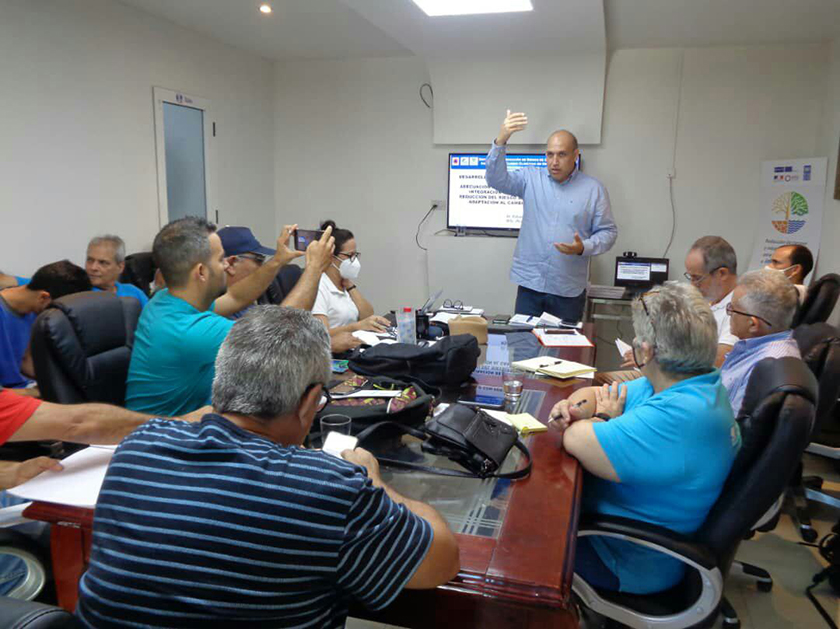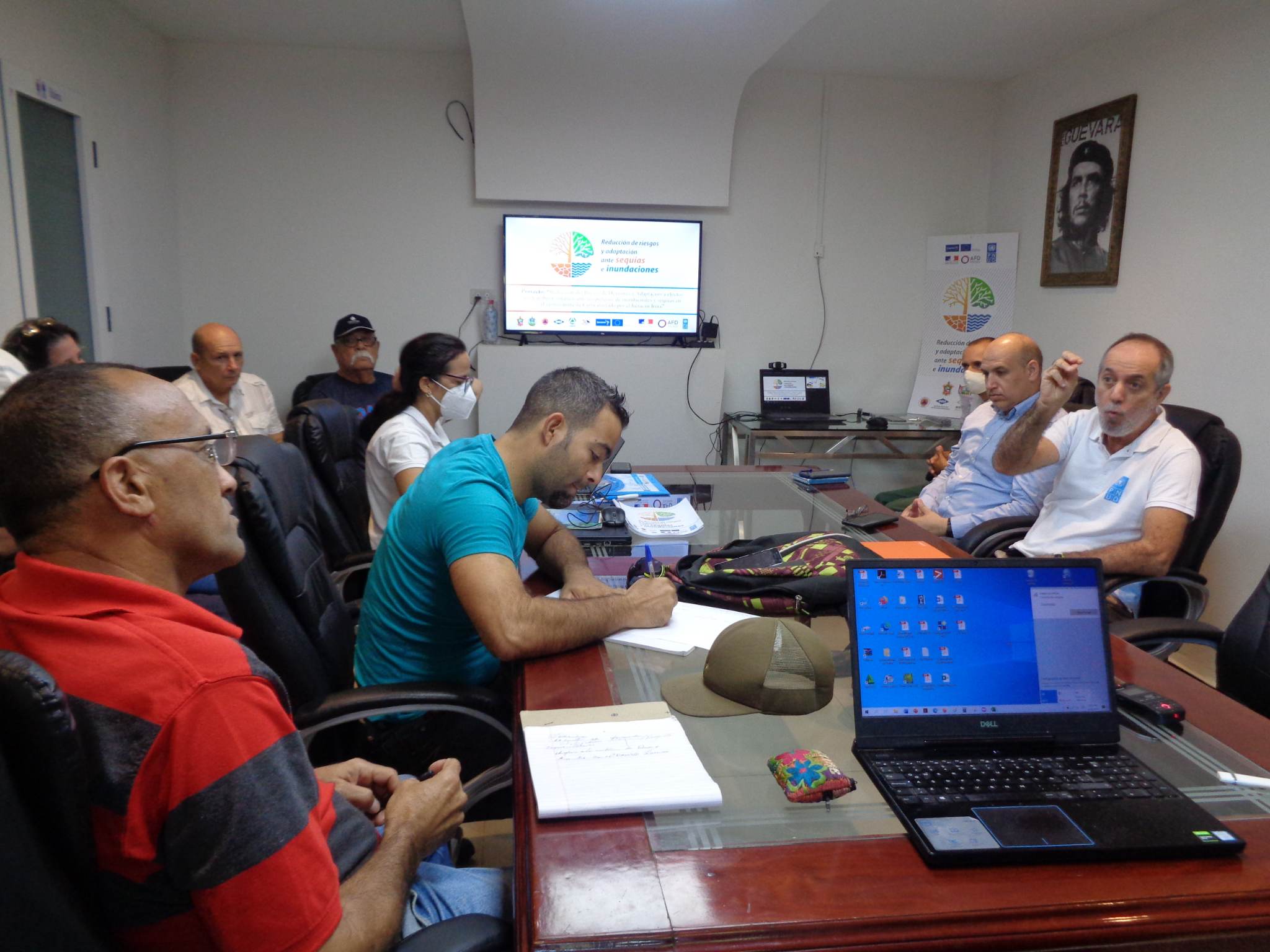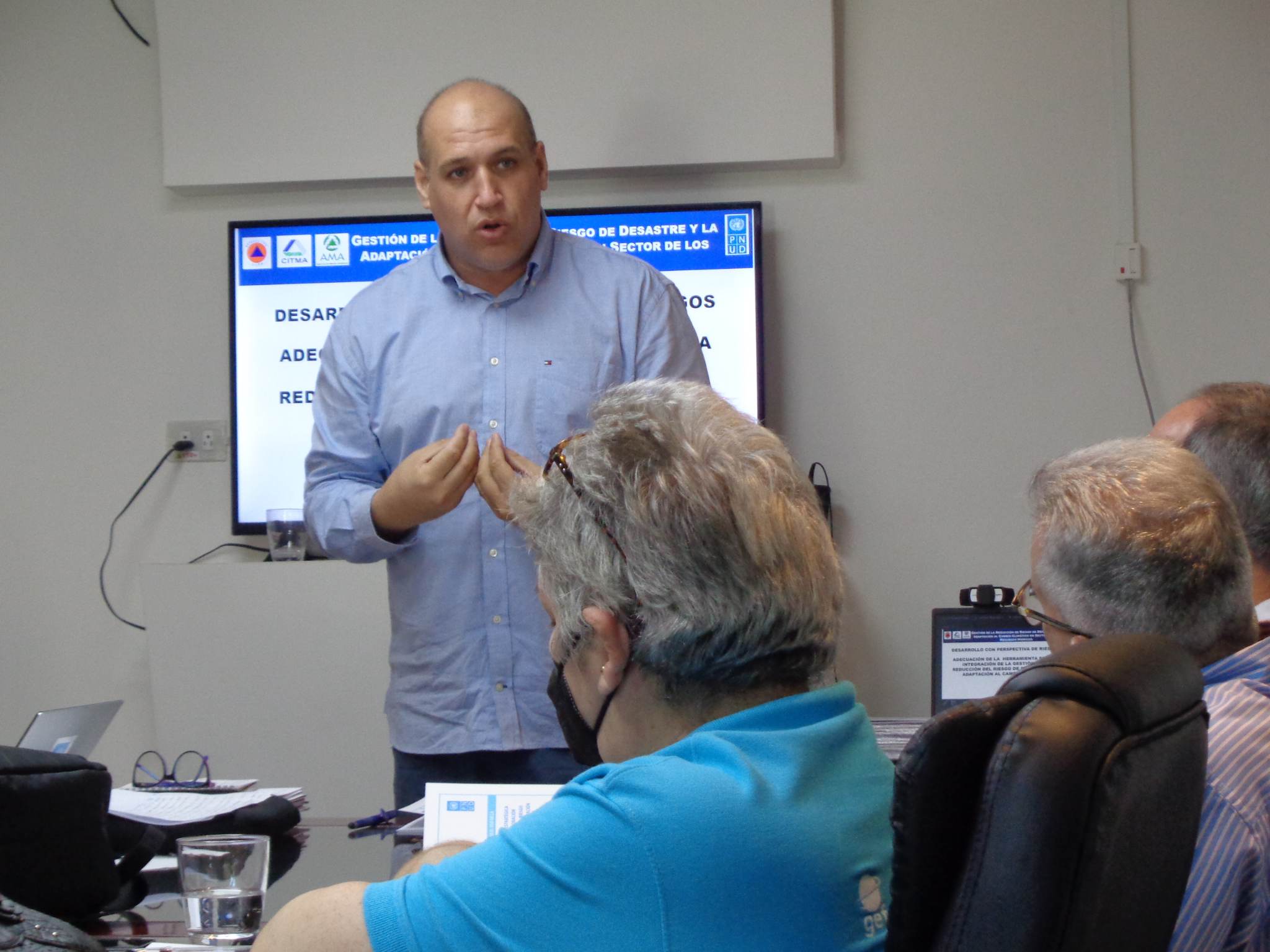
Due to the experience and recognition in management to reduce disaster risks (DRR) and studies on climate change (ACC), the United Nations Development Program (UNDP) includes Cuba among the nations promoting a methodology that it links and incorporates these concepts into policies aimed at socioeconomic progress.
Rosendo Mesías, UNDP Resilience and Risk Reduction officer in the Greater Antilles, stressed in the province of Ciego de Ávila that Cuba represents the Caribbean region and will contribute experiences to validate an instrument with a global scope that promotes development with risk perspective.
The territory is recognized as an ideal space to apply this instrument, due to the confluence of international projects —Coastal Resilience, Mi Costa and Euroclima Plus— that strengthen capacities for DRR and ACC, including water control, so that The province is a benchmark for monitoring the hydrological cycle in the country.
In this context, the hydraulic sector in Ciego de Ávila will implement the so-called Strategic Tool for the incorporation of DRR and ACC in development initiatives, due to the fact that the planned actions are linked to those carried out through collaboration programs financed by the European Union and the Green Climate Fund.

He specified that this province acquires the same significance in the country as Cuba for the Caribbean area, and is qualified as "fertile ground" to consolidate that thought and a different technical projection, through the Euroclima Plus project, with monetary support from the Agency French for Development and implemented by UNDP.
Rudy Montero Mata, former director of the Institute of Geophysics and Astronomy and one of the authors of the guide for the use of the aforementioned tool, pointed out that a comprehensive look at risks is promoted, considering both those inherent to disasters and those associated with climate change.
She pointed to the need to know the danger and correctly identify the vulnerabilities to carry out an integrated risk assessment, with the aim of facilitating the work of governments in different instances by alerting them and suggesting how to proceed in certain circumstances.
Cuba has a long experience in DRR management, which had as its starting point the negative experiences during Hurricane Flora, in October 1963, from which a national strategy to prevent disasters was promoted, based on a system of civil defense that enhances human capital, knowledge and adequate cooperation among all members of society.

Likewise, since the end of the 20th century, numerous studies have evaluated the impacts of climate change and determined the mitigation and adaptation measures that must be adopted in socioeconomic sectors and strategic natural and human ecosystems, so that progress in this task is incorporated into the plans for country development.
Experts on the subject recognize that the work of DRR and ACC is in continuous improvement, as a result of advances in science and innovation, and due to the experience accumulated over more than 60 years of training, preventive and recovery actions against successive dangerous events.
However, there are still gaps that could be minimized by applying the new tool, also aimed at strengthening the tasks included in the four stages of the RDD cycle (prevention, preparation, response and recovery); provide security and objectivity to the ACC and achieve a vision of development based on the risk perspective.
